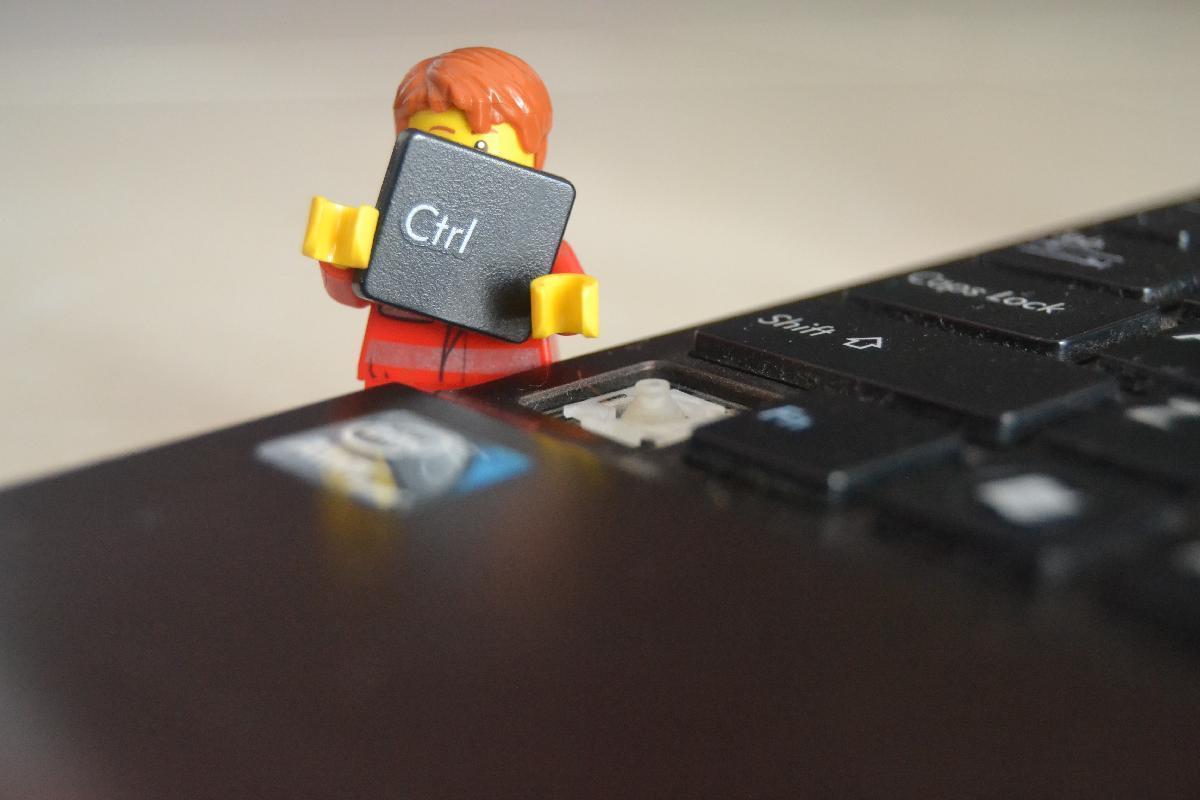
4 Lessons from a K-12 Robotic Competition
The buzzing of Lego NXTs servos. Dozens of nervously excited kids hovering around the robot arena with their robot creation moving Lego models, flipping intricate switches, and sometimes just ramming through everything.
This Saturday, I volunteered as a judge for the a state robotics competition for K-12 hosted in Farristown Middle School in Berea, Ky. It was awesome. I’ve worked with Lego NXTs before but never have I seen such ingenious engineering and passionate young people together.
My job was to make sure that the kids and their robots followed the strict regulations while the robot ventured into the course trying to complete various missions. Since my job was to watch everything so carefully, I made four observations that I’ve formed into worthwhile lessons.
Be excited
These kids spent weeks designing, prototyping, programming, and testing their robots all in preparation for this event. You could see the excitement and nervousness on their faces.
This is the big moment. Relish it. Celebrate.
I saw many of the younger teams fueled by their enthusiasm and excitement. Meanwhile, the high-school competitors were much calmer and reserved. I remember thinking why don’t they celebrate the same as the elementary kids when their robot successfully throws an object on a target?
I’ve been there. I rarely show excitement. Finding that childish excitement after it has been lost is a difficult but worthwhile endeavor.
Plan for failure
The biggest difference between the teams that did well in the competition and and those who’s bot did little more than wreck the course was the teams ability to adapt to failure.
Often, the first attempt that a bot made was catastrophic. The bot’s alignment was off just a tad and instead of collecting little red barrels, it stampeded through the set, knocking over other items and obstructing other paths to items.
The teams who calmly took failure and adapted rather than revolting were the ones to recover from disaster. One team used a program designed to collect a barrel to clean a path by pushing stray bits on the path out of the way in preparation for another more complicated mission.
This was innovation. Innovation that is hard to come by when frustrated at your failures. Frustration is real and sometimes inescapable, but the ability to quickly recover and learn makes for an apt recovery.
General purpose or specialize
The robot’s designs were quite varied. Some had a singular scoop on the front for collecting and pushing bits around. Others had specialized replaceable attachments that were swapped out between missions. One arm designed to flip a switch, another to throw a bit on a platform, etc.
Since the event was timed, those who spent valuable time swapping parts found it quite expensive. Those who had only a scoop were limited in the number of tasks they could complete.
The best teams found the value in multi-purpose bots. A bot may go on a run to collect barrels and along the way raise its collector scoop to flip a few switches. These multiple use devices are much more intricate than the simple ones and are more error prone. The simple devices are less error prone but take longer to switch out.
A balance must be found between general purpose and specialization to reach maximum efficiency.
Go big
The kids had dozens of challenges/missions to complete and it was their responsibility to decide which ones to pursue. The most difficult challenge was to make their robot climb an elevated platform four inches from the rest of the arena.
One team attempted this. Their strategy was to instruct the robot to carry a Lego ramp to the platform, place it and ascend the robot up the ramp. By robot programming standards, this is quite difficult. The team’s robot fell off the ramp during its ascension but their attempt was impressive.
By choosing to do the hard things we prepare ourselves for future challenges. For the rest of the competition, that team knew they had tried the hardest part. Everything else is easy. I’m sure that during prototyping, that robot did, in fact, make it up that ramp and brought that team the confidence to do well in the competition.
